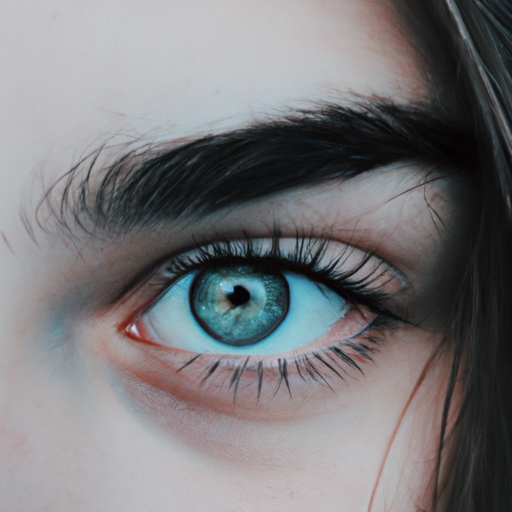As a dermatologist, I often encounter patients who are distressed by the dark circles under their eyes. These shadows can make you look tired, older, and stressed, even when you’re feeling fresh and vibrant. However, it’s important to understand that dark circles are a common issue and can be caused by a variety of factors, including genetics, age, allergies, and lifestyle habits. The good news is that there are several effective strategies for treating dark circles under your eyes.
Firstly, it’s crucial to address the root cause of your dark circles. If they’re due to genetics or aging, they might be harder to eliminate completely, but they can still be significantly reduced. If they’re caused by allergies, treating the allergy itself can diminish the darkness. And if they’re due to lifestyle factors such as lack of sleep, poor diet, or smoking, making healthier choices can make a big difference.
One of the simplest ways to reduce dark circles is by getting enough sleep. Lack of sleep can cause your skin to become paler, which makes dark circles more noticeable. Aim for seven to nine hours of sleep per night and try to maintain a consistent sleep schedule.
Hydration is also key. When your body is not receiving the proper amount of water, the skin beneath your eyes begins to look dull and your eyes look sunken. This is due to their close proximity to the underlying bone. Drinking at least eight glasses of water a day can help keep your skin hydrated and healthy, reducing the appearance of dark circles.
Topical treatments can also be effective. Look for creams or serums that contain ingredients like retinol, vitamin C, and caffeine. Retinol can help stimulate collagen production, reducing the visibility of blood vessels under your thin under-eye skin. Vitamin C is a powerful antioxidant that can brighten skin and reduce pigmentation. Caffeine can constrict blood vessels and reduce puffiness.
For more stubborn dark circles, professional treatments may be necessary. These can include chemical peels, laser therapy, and fillers. Chemical peels can reduce pigmentation, while laser therapy can tighten and resurface the skin, reducing the visibility of blood vessels. Fillers can be used to treat dark circles caused by thinning skin or fat and collagen loss.
Lastly, a good concealer can work wonders for masking dark circles. Look for a product that matches your skin tone and has a yellow or peach undertone to neutralize the blue and purple tones of under-eye circles.
In conclusion, while dark circles can be frustrating, they’re not insurmountable. With a combination of lifestyle changes, topical treatments, professional procedures, and a little bit of makeup, you can significantly reduce their appearance and banish those shadows from under your eyes. As always, it’s best to consult with a dermatologist to determine the most effective treatment for your specific needs.



